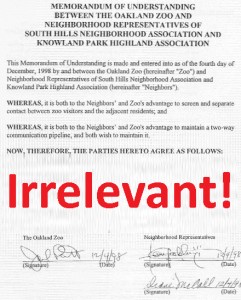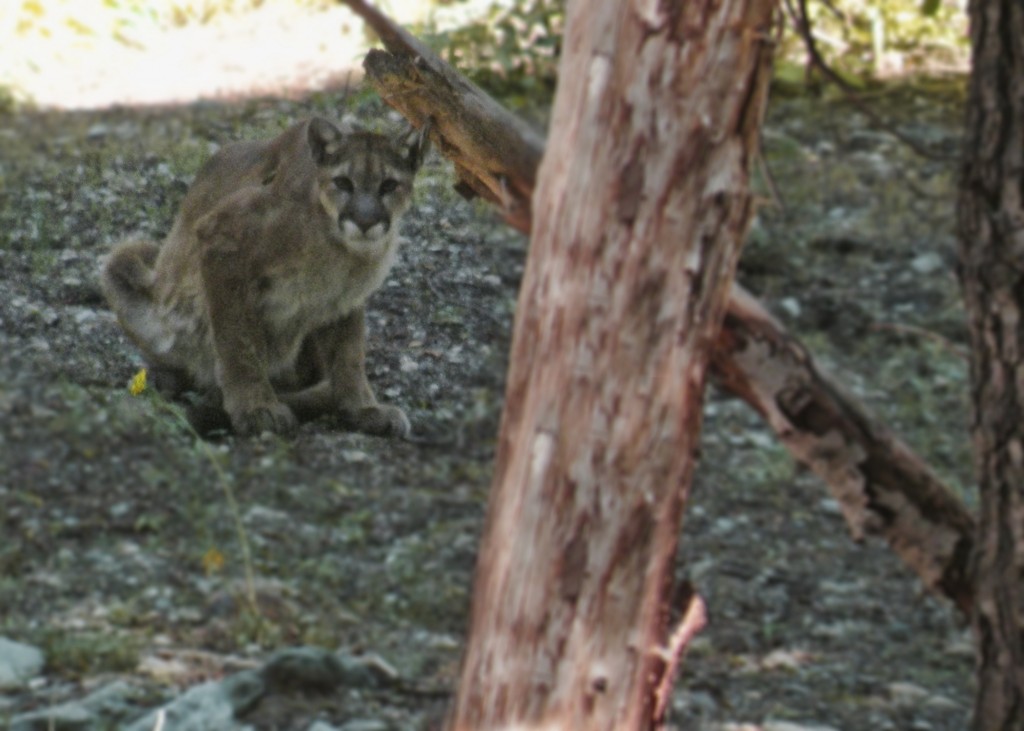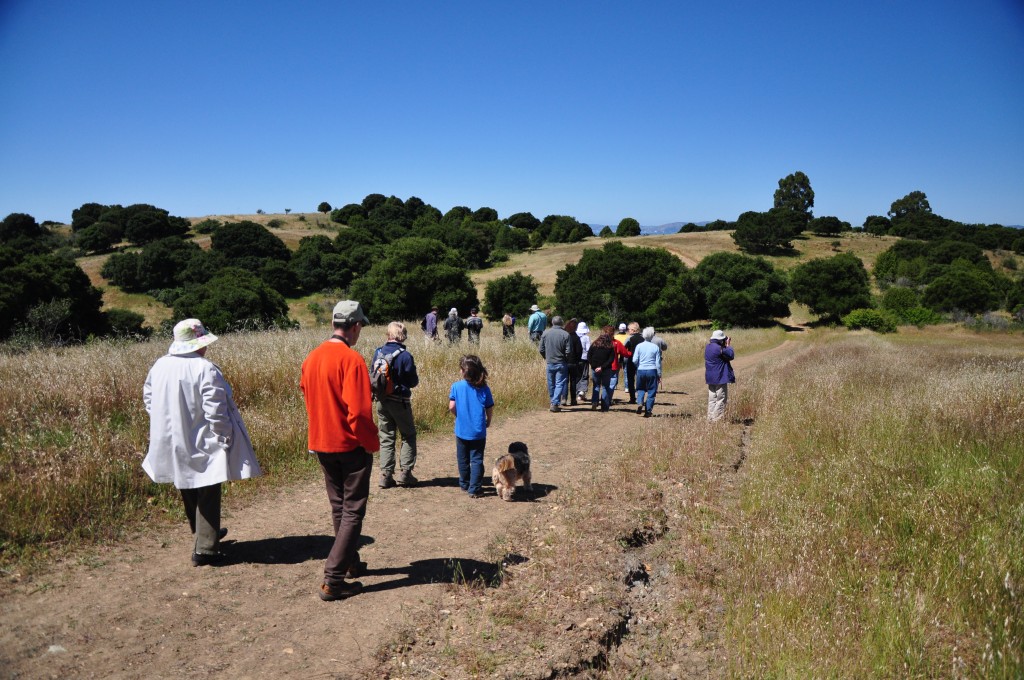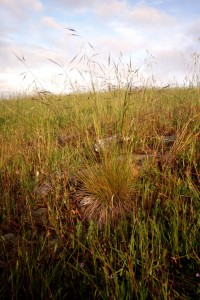- Mountain lion in the East Bay. Photo by Jim Hale.
Friends of Knowland Park awarded new grant for fight to save the park!
The Fund for Wild Nature has announced that it has awarded Friends of Knowland Park a $2000 grant towards its costs of litigation to save the Park! The FWN ” believes that healthy ecosystems are too essential to be sacrificed. Increasingly rare, wild areas constitute the main reservoirs of biodiversity, and provide key spiritual and scientific reference points for our understanding of the planet’s wondrous cycles of birth, life, death and decay.” The FWN has been funding grassroots environmental groups since 1982. One of the first grantees went on to become the Center for Biological Diversity. FOKP is proud to be among FWN’s grantees, who are carrying on the fight to save our natural ecosystems and to change how people relate to the animals and plants that share our earth.
Bait and Switch: How the Zoo and the City of Oakland used a 1998 MOU to Mislead the Community
 The current legal case is a complicated one. Part of the difficulty arises because a very different version of the Zoo’s expansion plan was approved in 1998 than the one approved in 2011. When the Zoo presented its expansion plan in 1997, there had been considerable community outcry, because those plans were quite different from what had been originally described in the 1996 Zoo Master Plan. So, city-facilitated meetings between community representatives and the Zoo were held over a period of many months. These meetings, described as grueling by the volunteer community representatives, finally resulted in a Memorandum of Understanding (MOU) signed by Dr. Joel Parrott, the executive director of the Zoo, and representatives of community groups, one of which was the direct predecessor of Friends of Knowland Park.
The current legal case is a complicated one. Part of the difficulty arises because a very different version of the Zoo’s expansion plan was approved in 1998 than the one approved in 2011. When the Zoo presented its expansion plan in 1997, there had been considerable community outcry, because those plans were quite different from what had been originally described in the 1996 Zoo Master Plan. So, city-facilitated meetings between community representatives and the Zoo were held over a period of many months. These meetings, described as grueling by the volunteer community representatives, finally resulted in a Memorandum of Understanding (MOU) signed by Dr. Joel Parrott, the executive director of the Zoo, and representatives of community groups, one of which was the direct predecessor of Friends of Knowland Park.
The Native Grasslands of Knowland Park
A Brief History of California’s Grasslands
Grasslands are part of California’s heritage. Approximately 25% of the state is covered by them, and they are even featured on the state flag (look at what the bear is standing on). However, California’s grasslands look very different today than they did 200 years ago. The arrival of Spanish settlers in the mid 1500s to what is now California marked the beginning of a dramatic change in the State’s grassland ecosystems.
Prior to European colonization, Native Americans actively managed grassland habitats to ensure their food sources (seeds, native vegetables, and game animals) had areas to flourish. This management even included burning areas of grassland annually to ensure that forest and scrublands did not overrun the grassy areas. At that time, the grasslands of California were made up primarily of perennial (living more than a single year) bunch grasses such as purple needlegrass (Nassella pulchra) and California oatgrass (Danthonia californica) with forbs (herbaceous flowering plants) filling in the spaces between the grasses.
Save Oakland’s Oaks
Expansion Controversy
Search Our Site
Blog Categories
Regular Bloggers
 Ruth Malone |
 Laura Baker |
 Jim Hanson |
 Mack Casterman |
We support Oakland's public spaces!

 Follow
Follow

